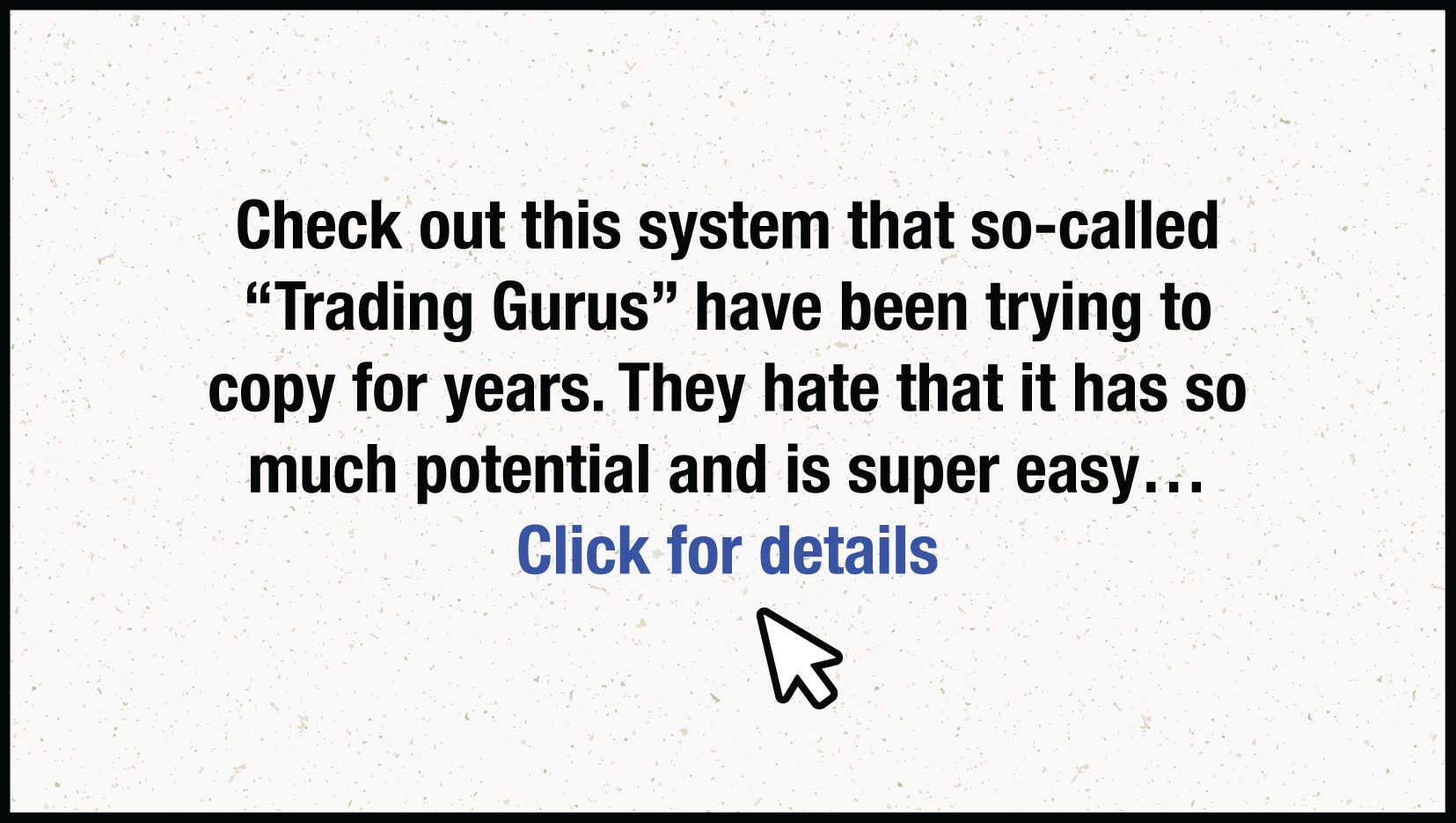We spotted a trade with the potential for 103% profit. Check it out
I help teach people to earn money trading options. It isn’t hard. I explain in easy-to-understand terms when I teach or write a book—like we are talking across the kitchen table.
The Nasdaq was down 3 days out of 5 last week. It’s been mostly down for the past several weeks. The last week’s candle was red but the three previous were green. If the bearish trend continues, we can look at buying Puts.
For updates on previous trades, please scroll down.
I am going to focus on the NASDAQ on Mondays and call it “QQQ Monday”. I will focus on QQQ which is the ETF covering companies traded within the NASDAQ Exchange Traded Fund.
For today’s discussion, we will be looking at Invesco QQQ Trust, symbol (QQQ).
Before analyzing QQQ’s charts, let’s take a closer look at the ETF and its services.
Invesco QQQ is an exchange-traded fund that tracks the Nasdaq-100 Index™. The Index includes the 100 largest non-financial companies listed on the Nasdaq based on market cap. These companies are often cut-edge tech stocks and trendier companies.
The image below is Friday’s price activity.

This chart image is courtesy of FINVIZ.com a free website and gives a quick view of each day’s movement.

This is an image from Friday where it was 47% positive and 53% negative at the end of the day. Many of the symbols with 4 or 5 letters are included in the QQQs- AAPL, AMZN, GOOGL, etc.

Fibonacci Exponential Moving Averages (EMA)
Exponential moving averages (EMAs) reduce the lag seen in simple moving averages by applying more weight to recent prices. The weighting applied to the most recent price depends on the number of periods in the moving average. We are applying 8, 21, and 55 weekly periods for our entry signals. EMAs differ from simple moving averages in that a given day’s EMA calculation depends on the EMA calculations for all the days prior to that day. You need far more than 10 days of data to calculate a reasonably accurate 10-day EMA.
There are three steps to calculating an exponential moving average (EMA). First, calculate the simple moving average for the initial EMA value. An exponential moving average (EMA) must start somewhere, so a simple moving average is used as the previous period’s EMA in the first calculation. Second, calculate the weighting multiplier. Third, calculate the exponential moving average for each day between the initial EMA value and today, using the price, the multiplier, and the previous period’s EMA value.
Charting services like Stockcharts.com and your broker’s chart service figure these calculations for you.
As mentioned, entry signals are based on the use of 8, 21, and 55 weekly averages. (8, 21 and 55 are Fibonacci numbers which are a special sequence of numbers which are added together- 1+1= 2, 2+1=3, 2+3=5, 5+3= 8, etc. 13, 21, 34, 55, 89, 144, 233, 377, 600… As mentioned, we are zeroing in on 8 EMA (short term), 21 EMA (medium term) and 55 EMA (long term).

Let’s See Why This Signal Potentially Offers Potential Trade Info
Each candle on the chart represents price movement over a 5-day (week) period. The last several weeks price has been mostly down. However, the last candles have been green. We will see if this continues.
The 8 EMA is crossing down below the 21 EMA indicating a bearish trend. However, the 8 EMA has just crossed up over the 55 EMA which could signal a bullish trend. The EMA’s are showing divergence so it could be a good time to sit aside and wait for a clear trend. We will keep an eye on QQQ’s movement over the course of the couple weeks.
Potential Put Profits for QQQ
General info:
Options often offer a smaller overall investment, covering more shares of stock and potential for greater profits, as well as making money when the price of a stock drops.
Possible trade:
I am typing this on Saturday. If price continues to fall Monday or Tuesday, you could consider a Put trade if it moves below 345. As I mentioned before because of the divergence with the EMA’s you could wait until there is a clear direction before you place a trade.
The stock price as of today (Saturday) is 349. If you bought one share, it would cost $349. It would be silly to buy shares of stock if you are expecting it to go down. You would wait until it found a bottom then buy.
If you were trading options and selected a 345 Put option strike, you would pay a premium of around $6.80 for the April 29th expiration. If price fell to 320, the premium is apt to go up about $7. Your premium of $6.80 plus $7.00 = $13.80. That is a profit of 103%.
Remember, you can take profit anywhere along the line, you don’t have to wait for the expiration date to sell. It is often wise to take profit when it is earned, especially in a volatile market.
EMAs and line crosses are at the heart of most of my strategies. Many strategies come with a weekly newsletter listing numerous potential trade candidates.
I love teaching and sharing. It is my “thing”.
Yours for a prosperous future,
Wendy Kirkland
PS-I have created this daily letter to help you see the great potential you can realize by trading options. Being able to recognize these set ups are a key first step in generating wealth with options. Once you are in a trade, there is a huge range of tools that can be used to manage the many possibilities that can present themselves. If you are interested in learning how to apply these tools and increase the potential of each trade click here.

Past trade update:
Last week we discussed buying QQQ April 29th 370 Call options. The price did not reach the target entry so no trade would have been taken.











Recent Comments